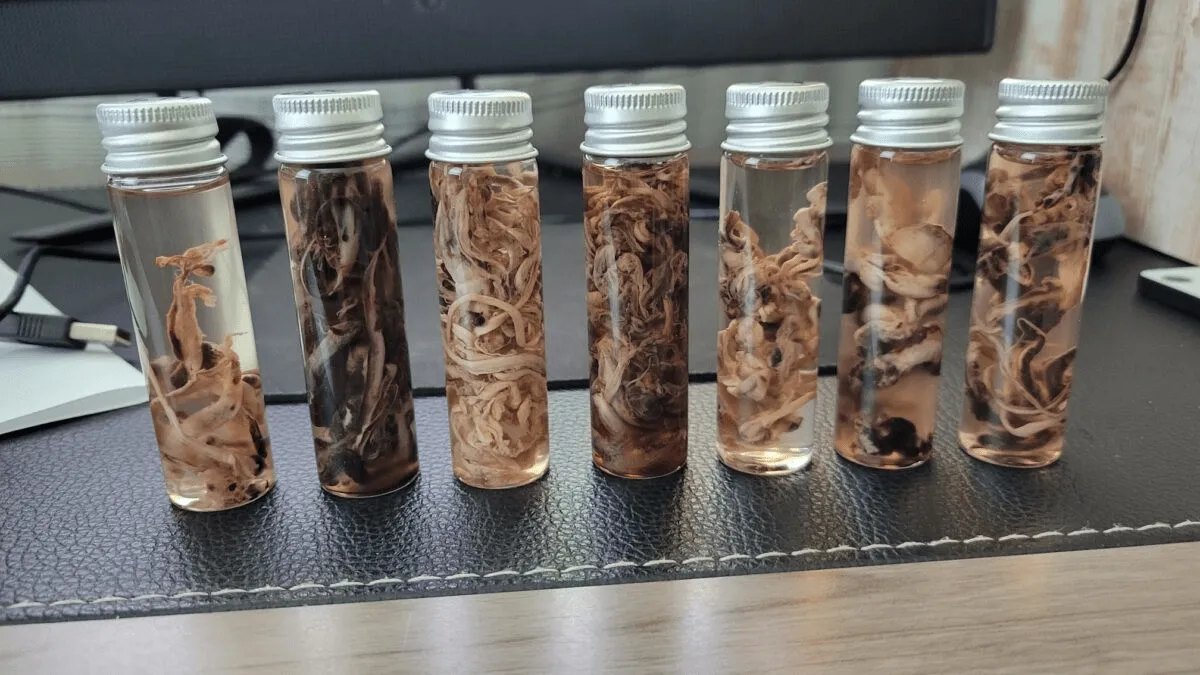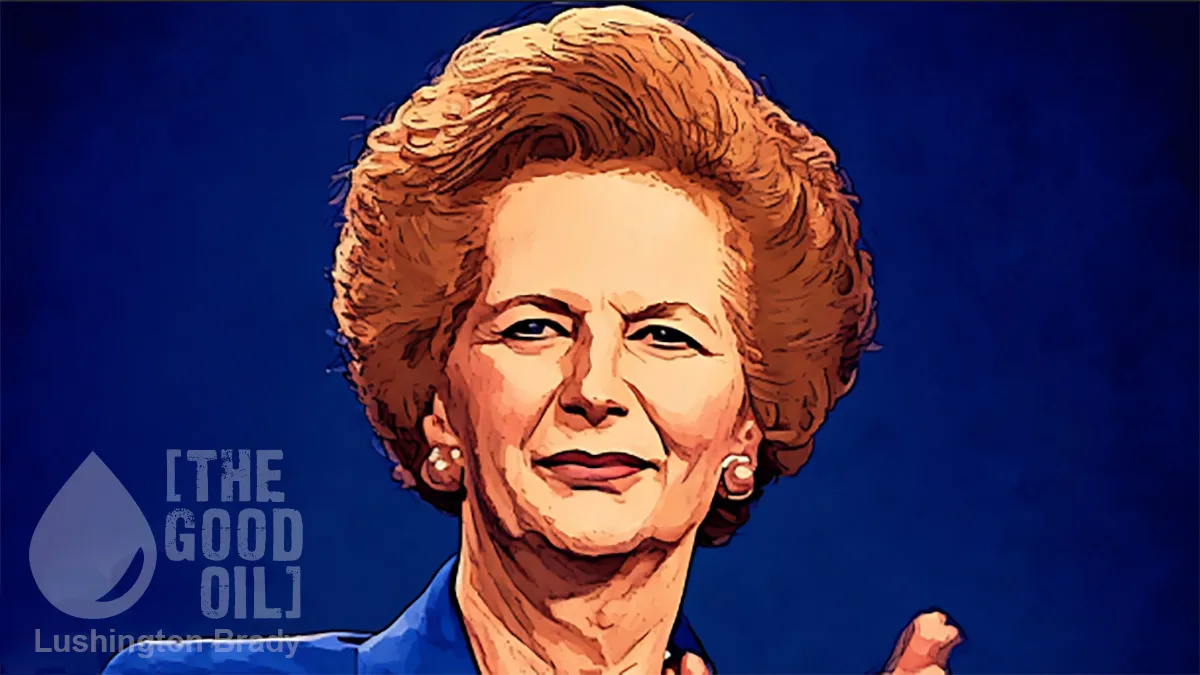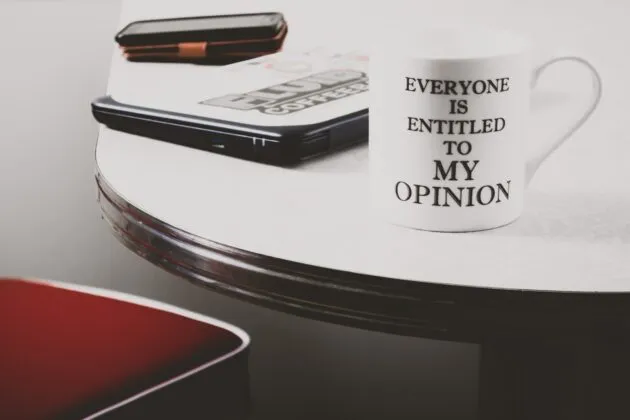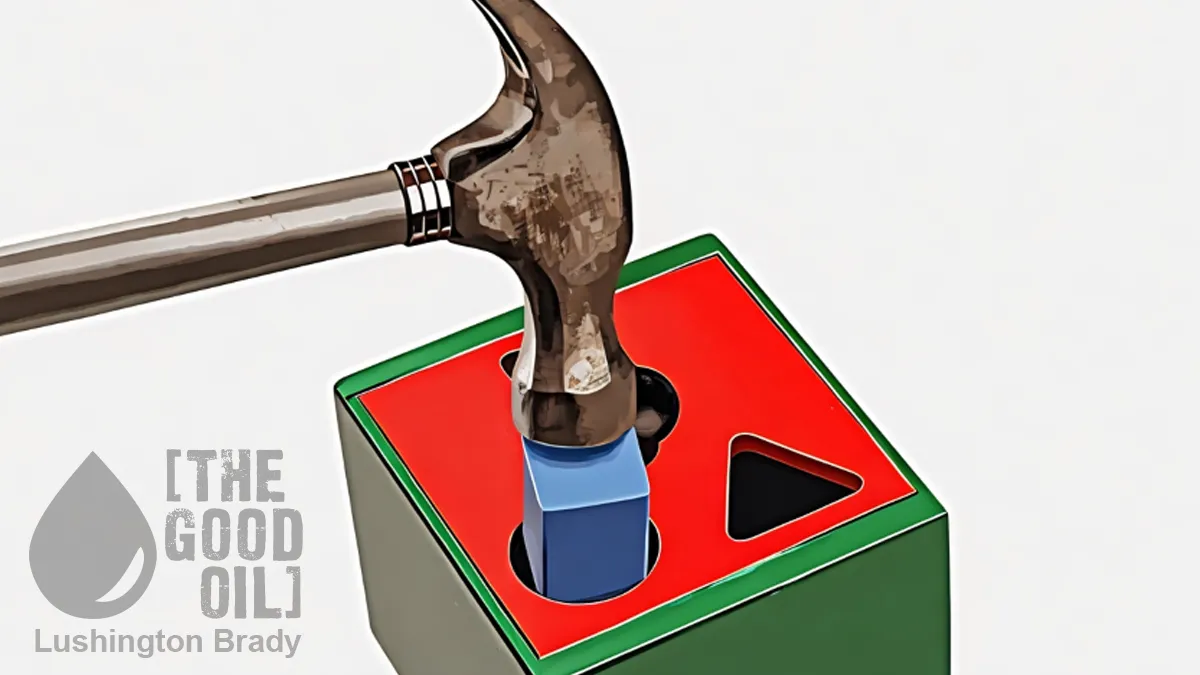Table of Contents
TRANSCRIBER B
Transcribing missed information for the historical record since 2021.
Transcriber B’s Substack provides updates to and spotlights on the List of Transcriptions (2021-2023) by Transcriber B.
I make no apologies for bias. This is part of the historical record. You can view the List of Transcriptions here, and read about its genesis and nature, and also find my contact information here.
TRANSCRIPT – EXCERPT
18:36
BRENTON FAITHFULL: So embalming is for, for three reasons. And I qualify that I was part of the Embalmers Association as a, as a president for two years, as a secretary for four years, on the executive committee for three years, so embalming was, was very much part of, part of what I, what I do.
So when, when we embalm a person we’re, we’re, we’re trying to achieve three things. The sanitation of the body, the preservation of the body, and the presentation, the restoration of the person who, who has passed. So we’re trying to create a memory image that is, is— So we introduce a fluid into the body which is designed to do these three things. The fluid is made up of many different components and each pre-embalming analysis that you do, you choose the fluid according to the case that you have.
So ideally one uses the, one uses the circulatory system of the, of the body, i.e., the, the arteries and the veins. So when you, when you inject into the body, it’s going to displace the fluids that are contained within the blood supply, so some of the blood will come out because of the internal, internal pressure.
Now ideally, you don’t want to have any clots. You know, over the years we’ve always experienced some sort of clot, clotting factors and, and sometimes it’s to do with the condition of the, or the disease specific condition the person is suffering with. We do get post-mortem clots as well.
20:11
But over the last 2 and a half years in embalming, I’ve seen a different kind kind of clot. And I’ve spoken to other embalmers, they too have seen them. I’ve seen also research from overseas firms saying the same thing. All embalmers must be seeing this, I can’t be the only one who’s seeing these. But we’re not hearing anyone speaking out. Pathologists have seen them as well in bodies that have had autopsies or postmortems. Pathologists are seeing these clots as well.
LIZ GUNN: And when you say they’re different, are they different in as far as you have never seen anything like this before? Or have you seen some like these before?
BRENTON FAITHFULL: No, I’ve never seen anything like these. These can be long. There’s coagular can be quite long and stringy but these are, these are often white, grey coloured. The ones I’m seeing have been small, just 25 millimetres long and probably around 5 millimetres thickness. So that, and there’s not just one or two, there’s dozens if not hundreds of these.
And I’m finding it in vaccinated bodies not unvaccinated bodies. And that’s, that’s, that’s the amazing thing. So that’s what drawing attention to, these clots that I’ve seen, unusual— So I’ve spoken to my colleagues and they’re saying, yes, we’re seeing them, too.
LIZ GUNN [to camera]: That is really significant, mainstream media. Investigate this. Investigate it. Go to every pathologist, every embalmer, every funeral director and ask if they are seeing this. This is your job. To our New Zealand mainstream media.
BRENTON FAITHFULL: So I’m aware also, those clots have been analyzed as well and they’re not a blood clot, as well. The composition of those clots is something different. And normally the minerals that would appear from blood to cause coagular and clotting. So it’s almost an amyloid type of clot caused by a combination of, of protein and, and carbohydrate. It’s an unusual phenomenon, so the body is manufacturing something inside that is causing these clots to occur.
LIZ GUNN: What does that word, amyloid, mean?
BRENTON FAITHFULL: Well, it’s a combination of, of, of protein and, and, and—
LIZ GUNN: Right, so if you were to squeeze this, if you were to squeeze a normal clot, would it, would it be viscous and it would sort of give way? Is this clot different?
BRENTON FAITHFULL: A clot generally is quite hard. And it’s generally made— it’s a dark colour and it’s, and then you get coagular which is almost jelly-like. If you have a bloody nose and you know it falls in the bowl you can coagular form which is a jelly-like thing and eventually that blood would clot over time. But this is, these are very different clots.
LIZ GUNN: What do they feel like?
BRENTON FAITHFULL: They’re rubbery. They’re hard. And, and, and, you can, you can slice them and you can [inaudible] them. But—
LIZ GUNN: What else are you seeing that’s as unusual as that? That, that’s unnerving.
BRENTON FAITHFULL: Well that’s pretty unusual, so but I don’t believe they’re appearing after death. I think they’re there in life. So there are people who, who die of— and normally a, a, a blood clot would form in the leg and would put conditions such as deep vein thrombosis. Thrombosis is a, is a blood clot. When it, when it moves from where it is it’s an emboli, and the emboli can travel through. It comes to the lungs or the brain or the heart. It would, it would stop those organs from functioning properly.
LIZ GUNN: Are you getting a sense that these clots are travelling around the body as well?
BRENTON FAITHFULL: I do.
23:31
LIZ GUNN: From, from, how do you tell that? Is that from where you have to reinject to get the embalming fluid through?
BRENTON FAITHFULL: Yes, yes. Ideally it would be nice to inject from one, one position on the body, to introduce the fluid. But I’m finding you need to use multiple point injections, so 2, 3, 4, 5, 6 different locations.
LIZ GUNN: What would you like to see, Brenton, to come from your, your absolute courage speaking up? Because this is a courageous act by you.
BRENTON FAITHFULL: Well I’d like to see more people speaking up about it. I’m sure there are health professionals who know exactly what I’m talking about. I’m sure there’s doctors who know exactly what I’m talking about. I would like to see other funeral home operators speak out as well. Because I feel I’m not the only one. So there needs to be an inquiry into, into the vaccine, and I’m sure, in time, there will. A Royal Commission inquiry perhaps into the whole covid process.
LIZ GUNN: The whole covid response.
BRENTON FAITHFULL: Response.
LIZ GUNN: The roll out.
BRENTON FAITHFULL: Yes.
LIZ GUNN: What gave you that inordinate courage to be the first man standing on this one? [inaudible]
BRENTON FAITHFULL: Believe me, it wasn’t an easy, easy decision because I know that there will be people out there who will criticize or, or, or call me an embarrassment to the industry. I’ve seen that on a, on a comment. I don’t feel I’m an embarrassment to the industry at all. I feel that I’m a sensitive funeral director and have done my job well and properly for 41 years. I wouldn’t be a funeral director for forty-one years if I hadn’t.
LIZ GUNN: Absolutely! And the fact you’re doing this is going to give your profession some credibility with many Kiwis because we can believe that there are still some left with your level of courage. What, what gave you that courage, that determination to be the first one?
BRENTON FAITHFULL: One of my mentors when I first started said, do your job well, Brenton, and keep your nose clean, is what he said to me. Which means don’t get up to any mischief or anything. But beyond, beyond keeping your nose clean, I feel that people have a right, a right to know what, what’s happening. And everyone knows someone who’s been adversely effected by, by a vaccine whether it’s an injury or whether it’s death. I think we’re all waking up. And the worldwide statistics that are coming out now are showing more and more people are, are dying in— and, and from natural causes they’re claiming.
LIZ GUNN: And, and it’s so strange, when one stands up more will stand. And I think this is what will happen.
BRENTON FAITHFULL: I hope so. I really hope so.
LIZ GUNN: Are you in touch with any of those overseas courageous warrior men who stood up? John O’Looney is one.[1]
BRENTON FAITHFULL: I have spoken to John O’Looney and in fact he and I are going to do an interview together.[2]
LIZ GUNN: Nice.
BRENTON FAITHFULL: But it must be remembered, I’m not after fame or fortune, it’s not my, my nature to, to speak out and, and go public. I’m very public in my community as well, I’m involved in many things, but it hasn’t been my nature, believe me, and so it was a hard decision to, to, to [inaudible] because everything’s on the line.
LIZ GUNN: Everything? Explain that.
BRENTON FAITHFULL: Well, someone came up to me at a funeral recently and said, and this has been on other interviews, I was in the supermarket, Bunnings at [inaudible] and a funeral director came up to me and we started speaking about the covid cases and he had written an article to the New Zealand Herald. And there was a knock at the door from the police. It wasn’t a phone call, it was a knock door by the police, requesting that he stop that line of, of, of writing, not to do it again or his business will be in jeopardy.
27:05
[UNRELATED NEWS STORY]
29:18
LIZ GUNN: That is frightening. The police should be doing the absolute opposite of that, investigating if there is a case to answer.
BRENTON FAITHFULL: Someone came to me— I did make a social media post saying that the, the number of vaccine injuries is quite significant, while the number of deaths occurring by vaccine is significant. That’s all I put. The man came up to me at the talk and said, I took your comment to the police. And I questioned him, and he said, I wanted them to investigate, if I’m making that claim, why aren’t they investigating someone who has made this claim? And they said, oh you shouldn’t be saying that, and, and dismissed him. So he asked me, well did the police come? No they didn’t. They didn’t investigate at all.
LIZ GUNN: That’s extraordinary. The police’s role is the total opposite. To, to get feedback from the public, to investigate if there’s truth, and if they did investigate this they would find there is great truth.
30:21
[END OF EXCERPT]
# # #
TRANSCRIBER’S NOTES:
[1] UK funeral director John O’Looney has spoken out about many issues, including the white clots he has been finding in bodies after the jabs roll out. See for example:
UK Funeral Director John O’Looney Talks About the White Clots
“This one, this one here came out of the aorta. From the heart. They take the shape of the vessels that they’re growing in, totally, and they gradually fill the vessels as they grow. And, and these, obviously, that’s what’s killed him.”
Transcript: https://transcriberb.dreamwidth.org/137802.html
[2] I believe Faithfull refers to the interview that he, John O’Looney, and American embalmer Richard Hirschman gave to InfoWars, October 9, 2022
https://www.infowars.com/posts/funeral-directors-embalmers-unite-to-expose-a-day-in-the-death-of-life/
For more transcripts of videos with testimony with various funeral directors about the white clots, see:
https://transcriberb.dreamwidth.org/138644.html
- List of Transcriptions by Transcriber B (home page)
Source video:
Whistleblowing Kiwi Funeral Director Brenton Faithfull
FreeNZ, October 6, 2022
https://odysee.com/@FreeNZ:d/220930—BrentonFaithfull:5
Hat tip: Funeral director Brenton Faithfull reports novel rubbery clots in vaxxed, but not unvaxxed, corpses
frankploegman, October 8, 2022
https://rumble.com/v1n5882-funeral-director-brenton-faithfull-reports-rubbery-clots-in-vaxxed-but-not-.html
via: CoronavirusPlushie









